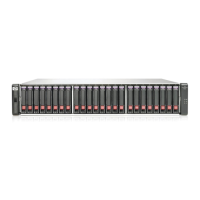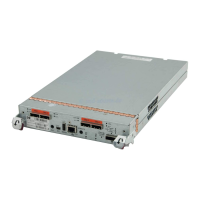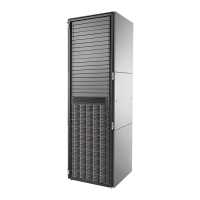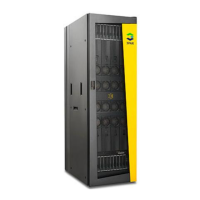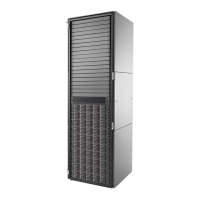28 Getting started
The following figure shows the difference between rolling back the master volume to the data that
existed when a specified snapshot was created (preserved), and rolling back preserved and modified
data.
Figure 2 Rolling back a master volume
Snapshot operations are I/O-intensive. Every write to a unique location in a master volume after a
snapshot is taken will cause an internal read and write operation to occur in order to preserve the snapshot
data. If you intend to create snapshots of, create volume copies of, or replicate volumes in a vdisk, ensure
that the vdisk contains no more than four master volumes, snap pools, or both. For example: 2 master
volumes and 2 snap pools; 3 master volumes and 1 snap pool; 4 master volumes and 0 snap pools.
Related topics
• Installing a license on page 41
• Creating a snapshot (page 69) or multiple snapshots (page 68)
• Changing a snapshot’s default mapping (page 66) or explicit mappings (page 67)
• Deleting snapshots on page 69
• Resetting a snapshot on page 70
• Viewing information about a snapshot (page 96), a vdisk (page 92), all vdisks (page 91), or the
system (page 89)
• Rolling back a volume on page 73
• Deleting schedules on page 77
MasterVolume-1
Snap Pool-1
MasterVolume-1
Snap Pool-1
Snapshot-1
(Monday)
Preserved Data
Modified Data
(Tuesday)
Snapshot-1
Modified Data
(Tuesday)
When you use the rollback feature, you
can choose to exclude the modified data,
which will revert the data on the master
volume to the preserved data when
the snapshot was taken.
(Monday)
Preserved Data
Or you can choose to include the modified
data since the snapshot was taken, which
will revert the data on the master volume
to the current snapshot.

